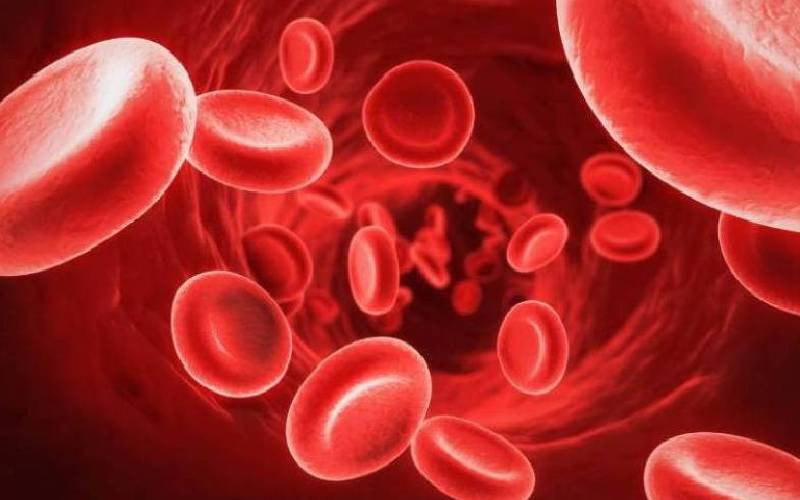By Dr Kizito Lubano
What is fever?
Fever is an elevation in body temperature. Body temperature above the normal oral measurement of 370 C or the normal rectal temperature of 37.20 C is considered to be elevated.
However, these are averages. A person’s normal body temperature may actually be 0.60 C or more above or below the average of 370 C. Fever is not considered medically significant until the body temperature is above 380 C. Anything above normal but below 380 C is considered a low-grade fever. Fever serves as one of the body’s natural defense against bacteria and viruses, which cannot live at a higher temperature.
Therefore, low fevers should normally go untreated, unless accompanied by troubling symptoms.
Also the body’s defense mechanisms seem to work more efficiently at a higher temperature.
Fever is just one part of an illness, many times no more important than the presence of other symptoms such as cough, sore throat, fatigue, joint pains or, chills or nausea.
Fevers of 400 C or higher, demand immediate home treatment and subsequent medical attention, as they can result in delirium and convulsions, particularly in infants and children.
Fever should not be confused with hyperthermia, which is a defect in the body’s response to heat (thermoregulation), which can cause your temperature to rise.
This is usually caused by external sources such as being in a hot environment.
How should I take temperature for fever?
Digital thermometers can be used to measure rectal, oral or axillary (under the armpit) temperatures.
What is the treatment for fever?
If the fever does not cause discomfort, it doesn’t require treatment. However, drugs like Acetaminophen (panadol) and brufen can be used to lower the temperature.
Note: Aspirin should not be used to control fever in children or adolescents.
An individual with fever should be kept comfortable and not overdressed as this can cause the temperature to rise. Taking tepid water (300 C) baths is a home remedy that helps bring down a fever. Never immerse someone in ice water.
When should I seek medical care for a fever?
Any child below three months of age and has a temperature of 38 C or above needs medical care. If a child or adult has a history or diagnosis of cancer, Aids, malaria, pneumonia, heart disease, diabetes or is taking immuno suppressant drugs, a case of fever needs medical care.
Some vaccines given to children can also cause low-grade fever within a day or two after immunisation.
This fever is usually self-limited and short-lived. If the reaction is severe or the skin at the injection site is red, hot and painful, contact your child’s doctor.
 The Standard Group Plc is a multi-media organization with investments in media
platforms spanning newspaper print
operations, television, radio broadcasting, digital and online services. The
Standard Group is recognized as a
leading multi-media house in Kenya with a key influence in matters of national
and international interest.
The Standard Group Plc is a multi-media organization with investments in media
platforms spanning newspaper print
operations, television, radio broadcasting, digital and online services. The
Standard Group is recognized as a
leading multi-media house in Kenya with a key influence in matters of national
and international interest.











